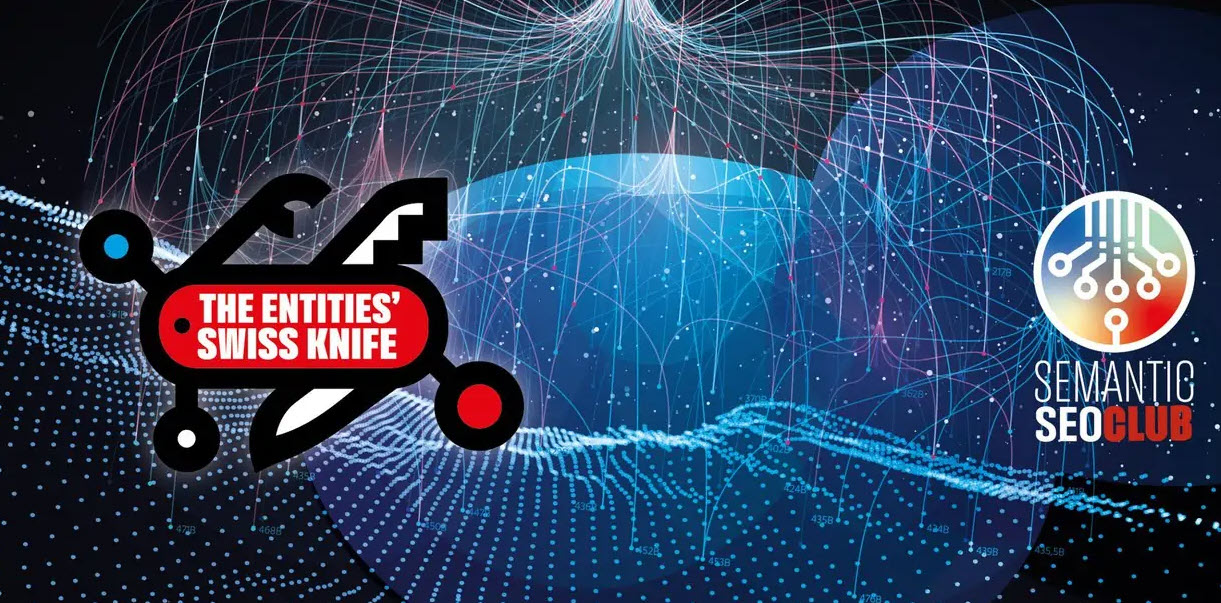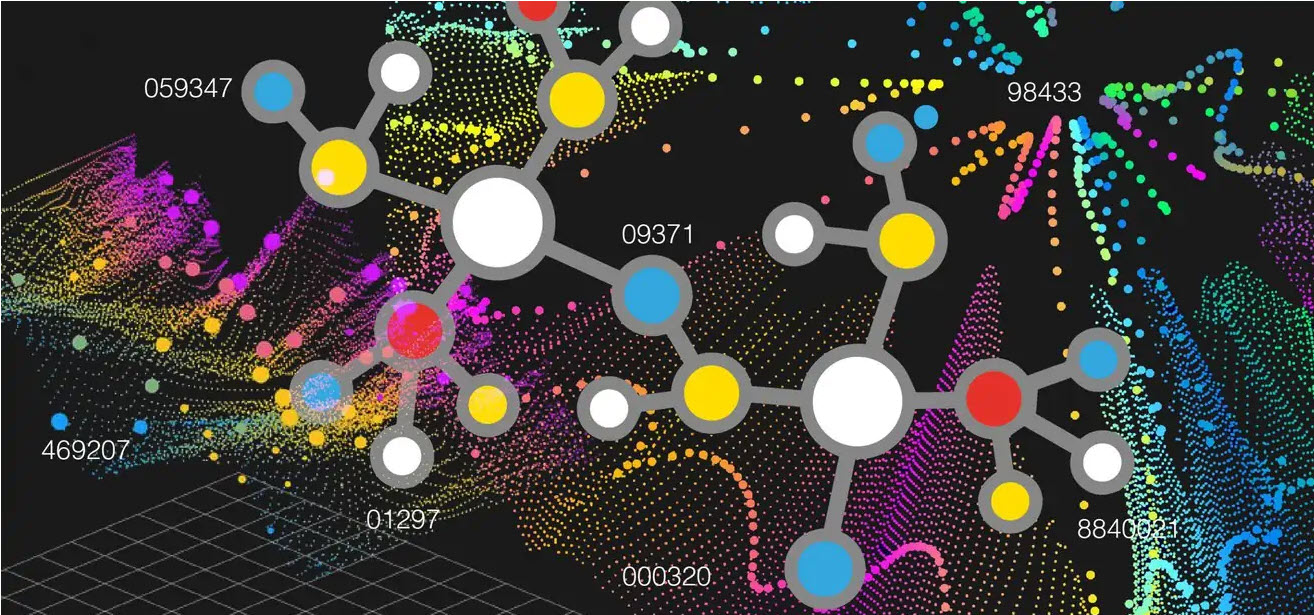
Structured Data
Distinctions in between a Lexical Search Engine as well as a Semantic Search Engine.
While a typical lexical online search engine is about based upon matching keywords, i.e., straightforward text strings, a Semantic Search Engine can "comprehend"-- or at least try to-- the significance of words, their semantic correlation, the context in which they are inserted within a query or a document, hence attaining an extra specific understanding of the customer's search intent in order to generate more pertinent results.
A Semantic Search Engine owes these capabilities to NLU formulas, Natural Language Understanding, as well as the existence of organized data.
Topic Modeling and also Content Modeling.
The mapping of the distinct units of material (Content Modeling) to which I referred can be usefully executed in the design stage as well as can be connected to the map of subjects dealt with or dealt with (Topic Modeling) and also to the organized data that reveals both.
It is a remarkable practice (let me understand on Twitter or LinkedIn if you would like me to write about it or make an impromptu video clip) that enables you to develop a site and also create its web content for an exhaustive treatment of a subject to acquire topical authority.
Topical Authority can be referred to as "deepness of knowledge" as viewed by search engines. In the eyes of Search Engines, you can come to be an authoritative resource of information worrying that network of (Semantic) entities that define the topic by continually creating original high-quality, thorough web content that covers your broad subject.
Entity connecting/ Wikification.
Entity Linking is the procedure of determining entities in a text record and relating these entities to their one-of-a-kind identifiers in a Knowledge Base.
When the entities in the text are mapped to the entities in the Wikimedia Foundation sources, Wikipedia and Wikidata, wikification occurs.


